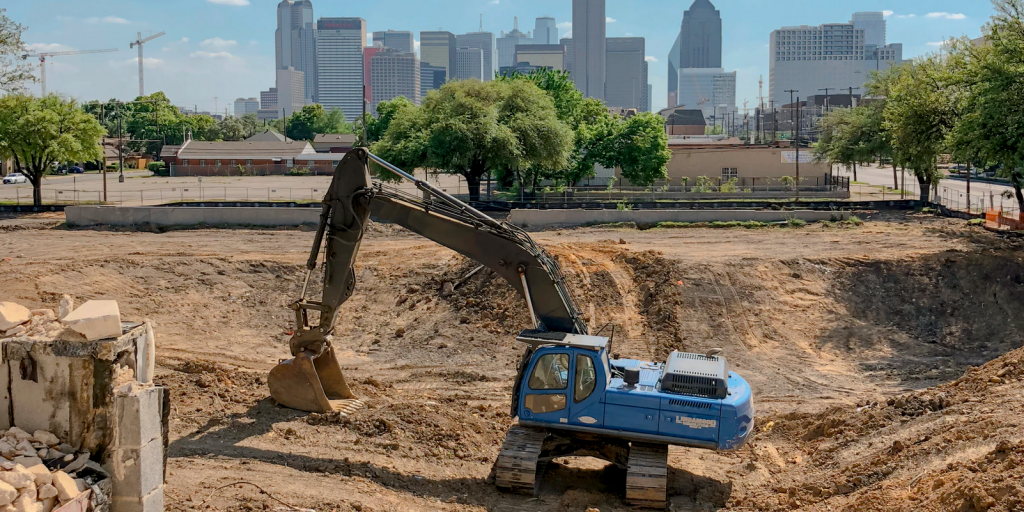Considering your equipment financing options in 2020
For municipalities looking for new equipment, municipal leases are a good way to acquire financing without significant hurdles. The lease structures can offer flexibility to assist in budgeting and leveling costs.
There are three main structures for municipal leases, each with different pros and cons. Your financial institution can help you tailor your lease to your specific needs. Here is a quick overview of the main categories and their strengths and weaknesses.
Standalone Municipal Lease Purchase Agreement
Best for: Smaller stand-alone equipment purchases
One option to consider is the standalone municipal lease purchase agreement. This is a straight forward product that provides 100 percent financing for specified essential use equipment with a defined closing and funding date.
The standalone municipal lease purchase agreement simplifies the transaction between the lessor and lessee. The structure works well for defined essential use equipment with a definitive closing date.
Because of the simplicity of the transaction, documentation is reduced for both the financial institution and the lessee. It works well for municipalities with smaller stand-alone equipment purchases.
However, this lease structure is typically not a good fit for longer-term construction projects or equipment with multiple deliveries. Instead, the structure is optimal for projects where 100 percent of the funds flow from the financial institution to the vendor or reimburses the lessee.
Municipal Lease Closed into Escrow
Best for: Longer term equipment projects or equipment with multiple deliveries and vendors
Another alternative is to close the municipal lease purchase agreement described above and then fund into an approved escrow account. Funds are then drawn down as payments are needed toward specific essential use equipment projects or as equipment deliveries take place. This effectively functions like a bank account dedicated to a specific equipment project or to tailor to multiple equipment deliveries with different funding dates.
There are several benefits of this structure. If you’re funding an essential use equipment project with multiple invoices and vendors, the escrow fund centralizes the disbursement process and can also address equipment funding requirements of various departments on one lease.
It also assists with flexibility of disbursements. The escrow fund allows you to stagger vendor payments on a large purchase. For instance, if you are looking to buy a full fleet of police cars or school buses, this structure allows you to pay the vendor at different intervals based on deliveries. It also works well if you are purchasing a mix of equipment for a mix of departments, because you can close on the lease for all the equipment at the same time without having to fund equipment vendors all at the same time.
However, a drawback of this structure is that the lease likely begins before you are actually using all of the equipment. Although lease payments can be structured in arrears (quarterly or semi-annually), interest will accrue on the entire funding amount upon commencement.
This format works best for long-term, complicated projects like essential use energy projects, projects with multiple equipment and departments on one lease, and essential use equipment that come with multiple delivers from multiple vendors.
Master Lease Facility
Best for: Projects with different equipment types and lease terms for multiple years.
A master lease facility allows municipalities to establish a pre-approved line of credit for a specified dollar amount and then fund smaller lease schedules under the master lease.
Because it establishes a pre-approved lease facility, you can quickly execute leases as equipment is delivered. Pricing is agreed upon upfront through the request for proposals process and the master lease facility allows for various terms based on the useful life of the equipment. It also allows for multi-year programs with the ability to extend the facility.
This flexibility does reduce the size of the individual leases while increasing process and documentation, which can impact pricing from financial institutions. Typically, the most competitive pricing is provided when the lease is a single takedown for a large funding amount. Additionally, the financial institution typically has no assurance that the Master Lease facility will be readily used, so that can factor into the committed pricing risk.
Master lease facilities can add additional process and cost versus standalone or escrow funding municipal leases but the flexibility they offer makes them well-suited for essential use equipment transactions with a wide range of delivery options, equipment types and lease terms.
Your financial institution will be able to guide you to the option that makes the most sense for your project. The key is to find the option that gives you the flexibility you need while still delivering competitive pricing, allowing you to spread out your spending and level costs. Work with your financial institution to find the best solution for your municipality.
Click here to read the first installment in the Equipment Financing Series: Financing to fuel energy savings projects.
Kevin Doyle is the senior vice president and senior regional director at TD Equipment Finance.




















